“The shoemaker’s children always go barefoot.”
You’ve probably heard this saying at least once in your life. It captures the way we often use our expertise to benefit others but not ourselves.
In a communication and marketing agency, there’s definitely truth to this idea. We place our clients first, helping them stay fresh, exciting and up-to-date. Yet it’s easy to overlook the advice we spend our days dispensing.
It’s hard to believe that it’s been 10 years since Fenton’s last major branding update. In that time, we’ve helped many clients evolve their brands and identities so they can be better able to change the world.
And let’s be clear, it hasn’t just been any decade. When Fenton last rebranded, Obama was in his second term as president. Donald Trump was a reality show host. Most people were more likely to encounter the word “pandemic” on a Scrabble board than in the news and were blissfully unaware of now-ubiquitous terms like “coronavirus,” “social distancing” and “X/Twitter-Owner Elon Musk.”
Over the last 10 years, the challenges our world faces have changed, and Fenton has changed to meet them. We’ve grown from about 55 staff to more than 100. We’ve developed into a digital powerhouse, using the latest technology to help nonprofits, foundations and corporations change lives and make a tangible difference on issues that matter.
Now in our early 40s, Fenton has practice areas led by some of the field’s top senior professionals, fully integrated Digital, Creative and Advertising shops, five thriving employee resource groups (ESGs) and dedicated teams for People/HR, Client Services Operations and Finance. And we are the industry’s most diverse and multicultural firm, led by Latina communications pioneer Valarie De La Garza, and our representation in core and leadership positions far outpaces our agency peers.
After 10 years, it’s time that we took the advice we give to clients: your brand is a promise you make to the world, so it needs to reflect who you are today and who you want to be in the future.
As we frequently tell our clients, great solutions begin with questions. We surveyed a sampling of our clients and all of our staff to learn their brand. We turned to Bushwick Digital, who we often partner with to produce design and digital tools for our clients, and made ourselves their client. Together, we tried to tease out how to honor our origins, of which we are proud, and what we needed to let go of so that we can advance.
Did we need a new name? Should we keep or change our color palette? Did we need a new tagline? We considered what we needed to capture to represent who we are in 2023 and where we plan to go in the next decade. In our research, we learned that our name still serves us well, but a new graphic identity and tagline would capture today’s vibe. An updated brand with nods to legacy that looks forward with strength was the goal.
Fenton is a mission-driven organization. We partner with organizations, foundations and brands that share our vision for a more healthy, equitable and just world. Our new tagline, “Strategists for Social Change,” captures that we are not a PR firm that will promote anything or anyone for the right price. Our team brings deep sector experience and expertise to their work to strategize comprehensively for their clients.
When you visit our new website, you will see that we are a people-powered organization, organized to serve our clients in driving progress. We are not corporate, but we understand the high stakes discussed in the C Suite. And, more than ever, we love the power of collaboration to produce impact.
Our bold color palette is designed to show that we are vocal – but not loud; modern – but not chasing fads; diverse and inclusive. We have a new orange color and an evolved way to symbolize movement forward and upward.
Our logo is at the center of our brand system. The glyph symbolizes our evolution from progress to impact – impact that sparks change. When we see that logo, it embodies everything we do to advance our clients’ mission. When you see that ”impact arrow,” we hope it represents the change our work makes in the world.
Like anyone facing down their 40s, Fenton took a moment to look back and to look forward. We’re embracing all that we’ve learned and using it to chart new directions, new avenues for progress and new ways to create lasting, systemic change.
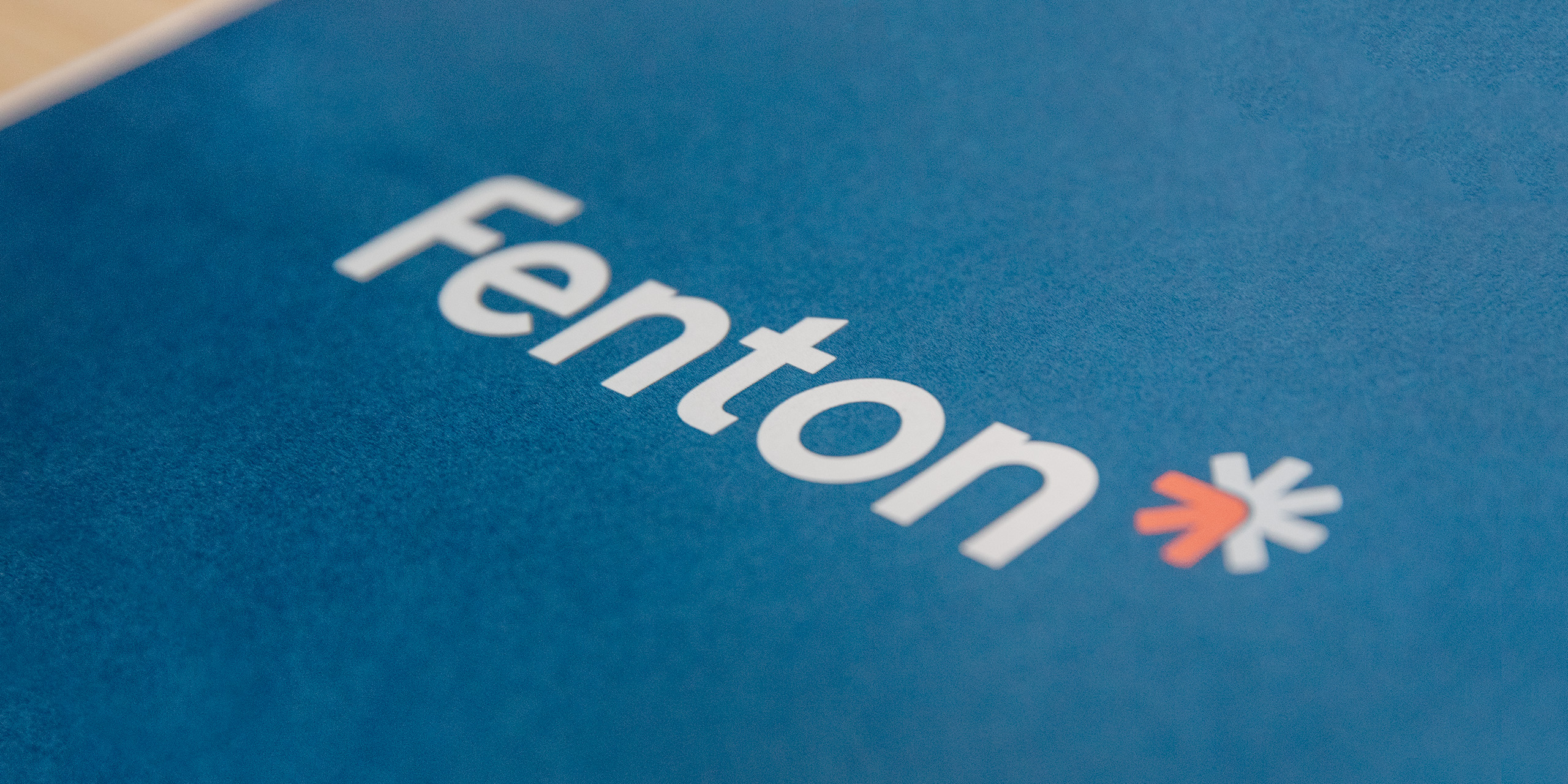
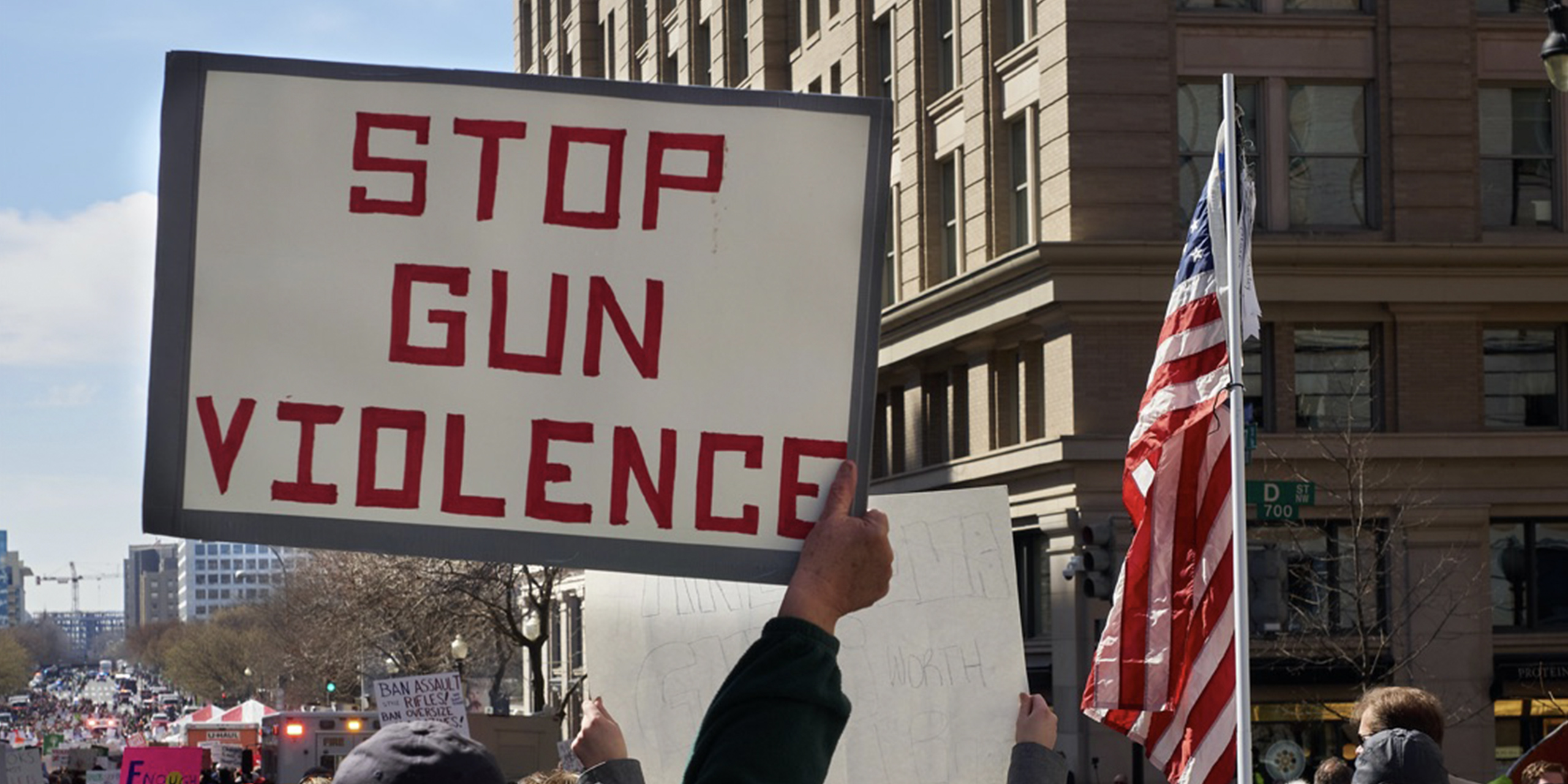



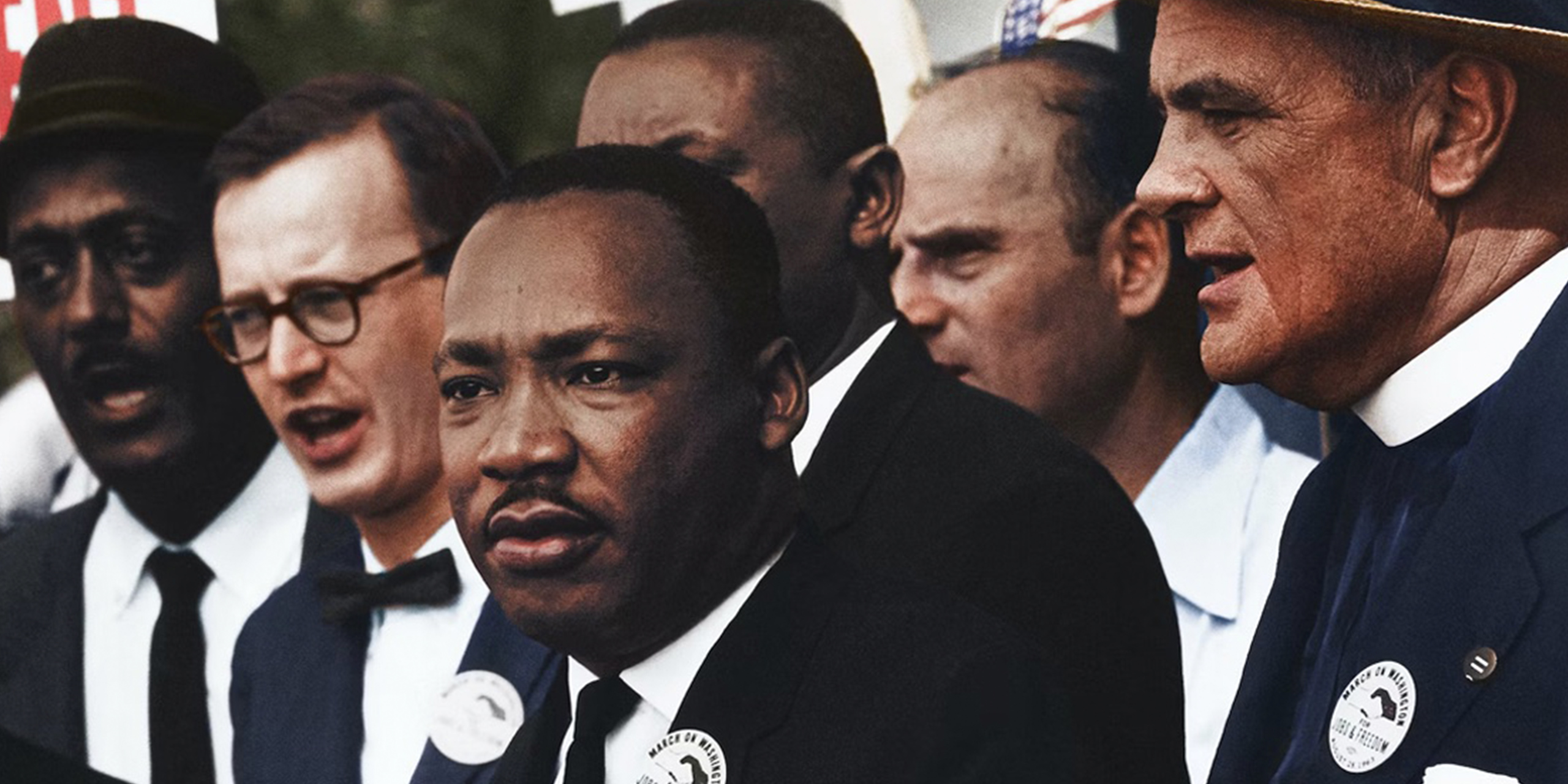

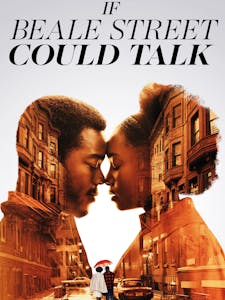
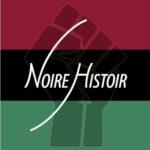
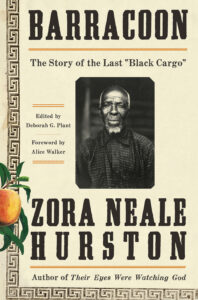


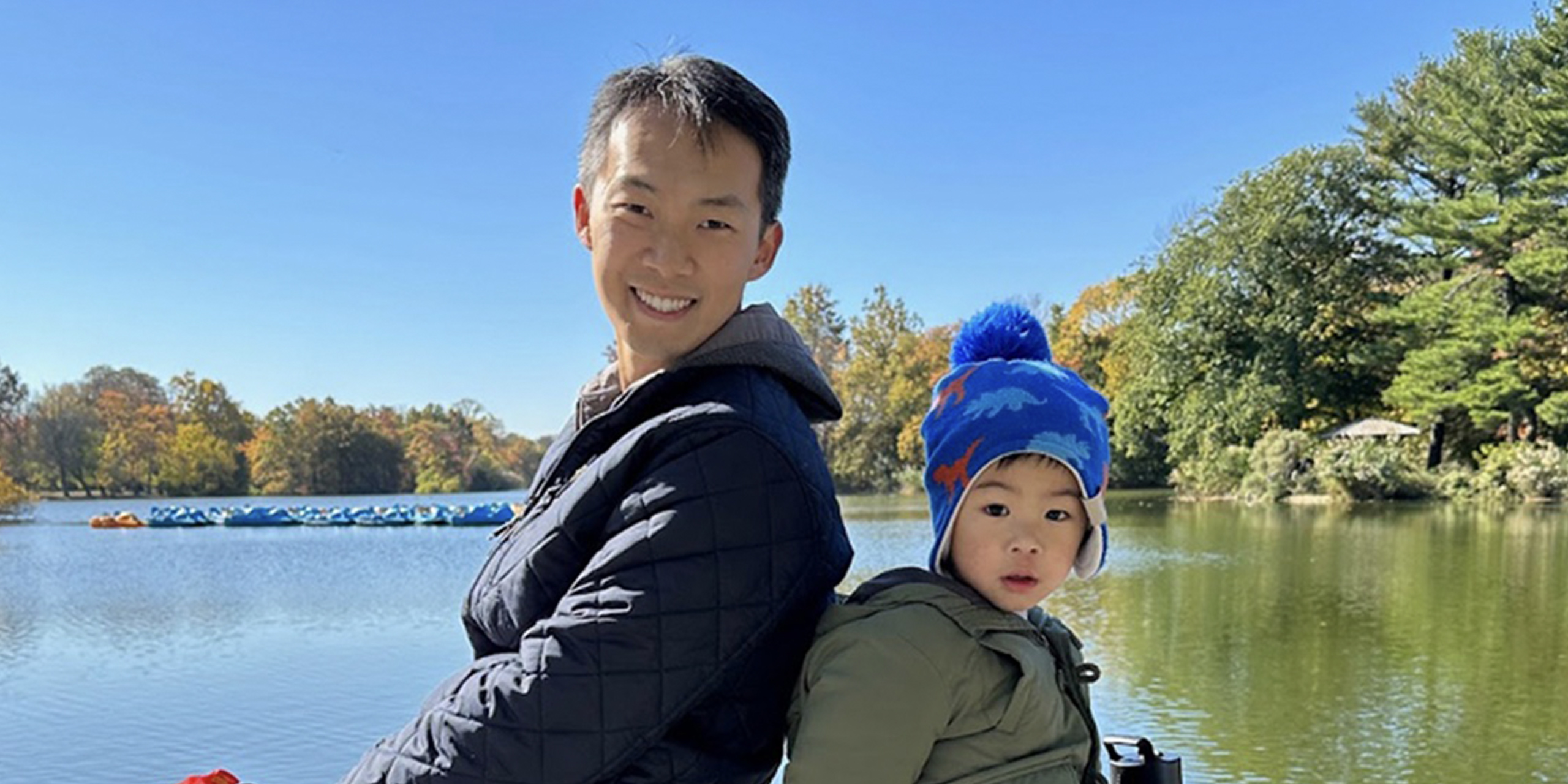


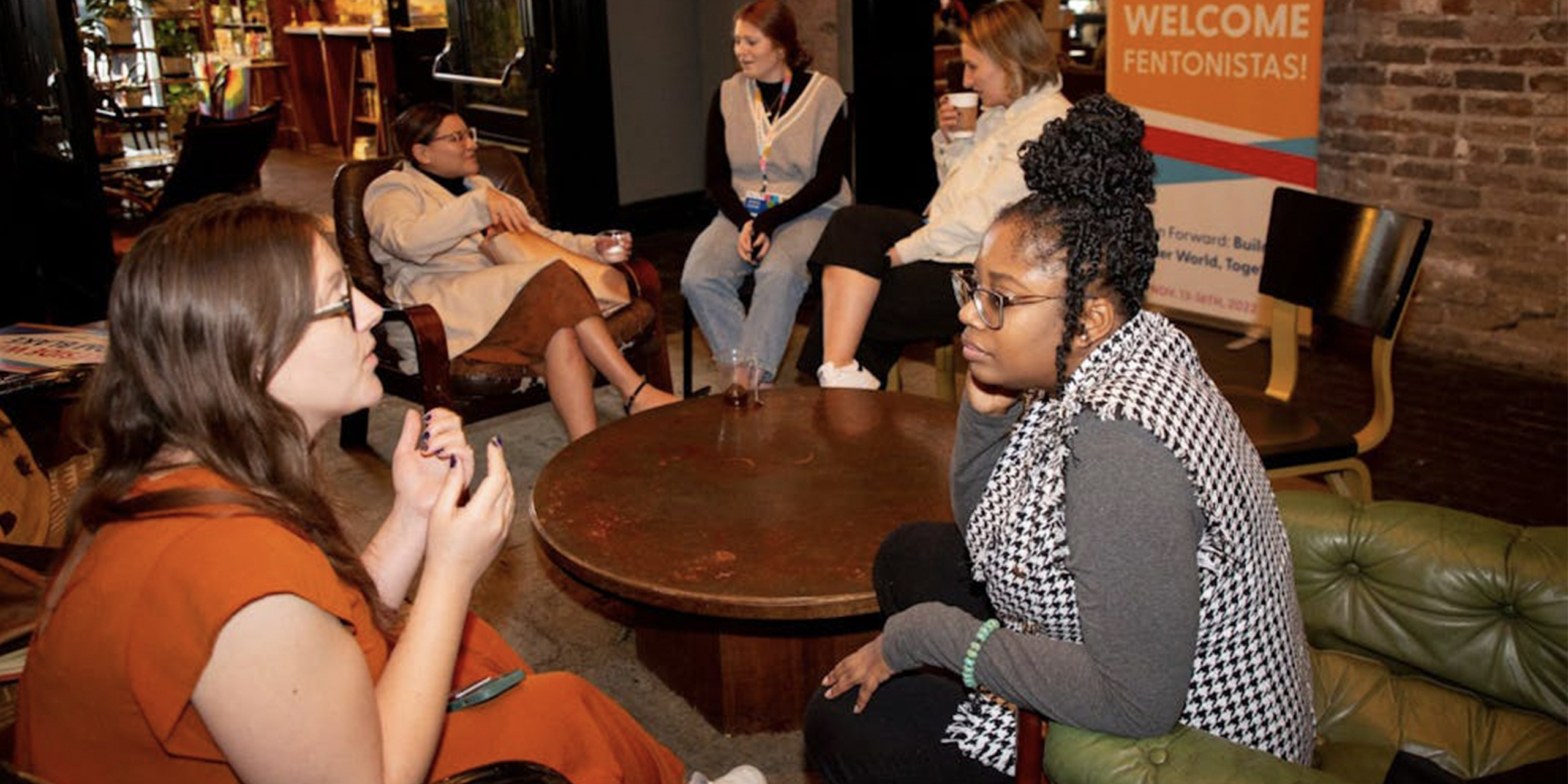
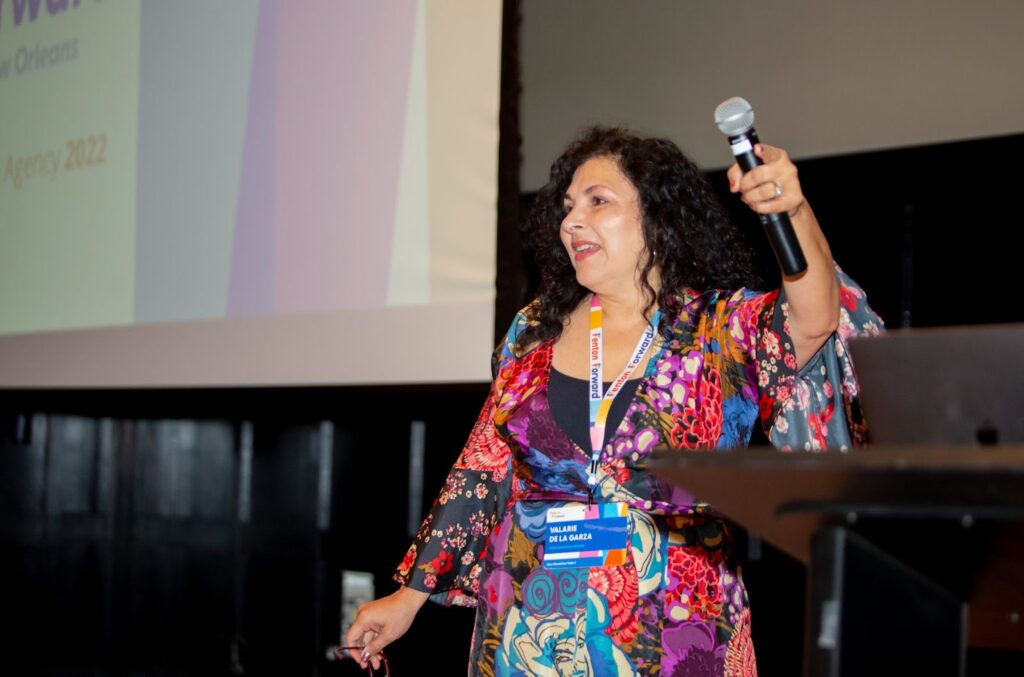
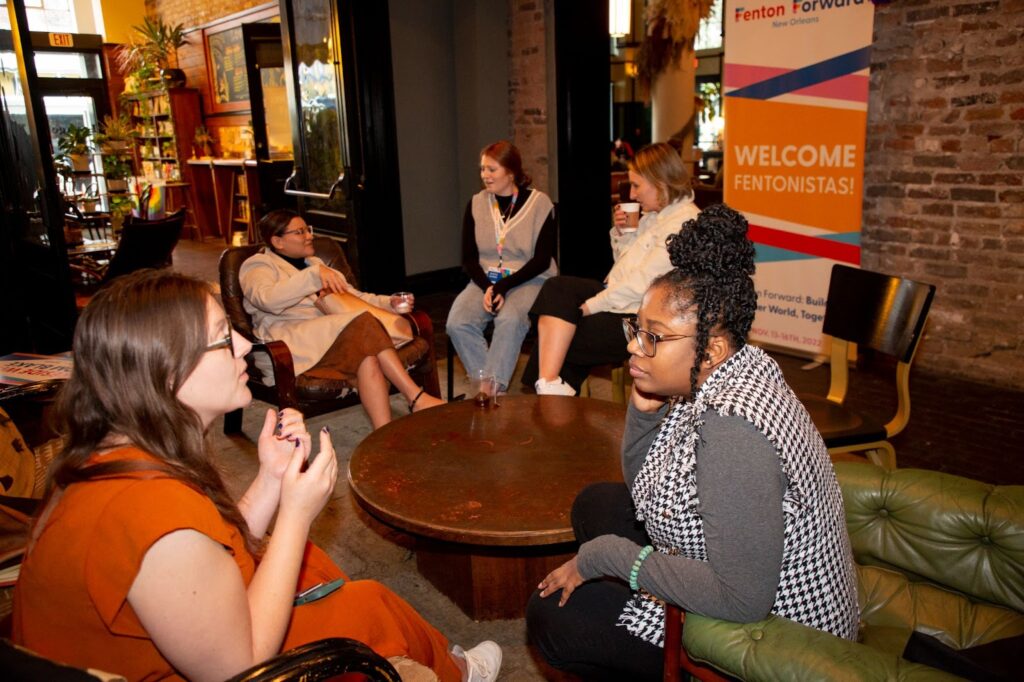
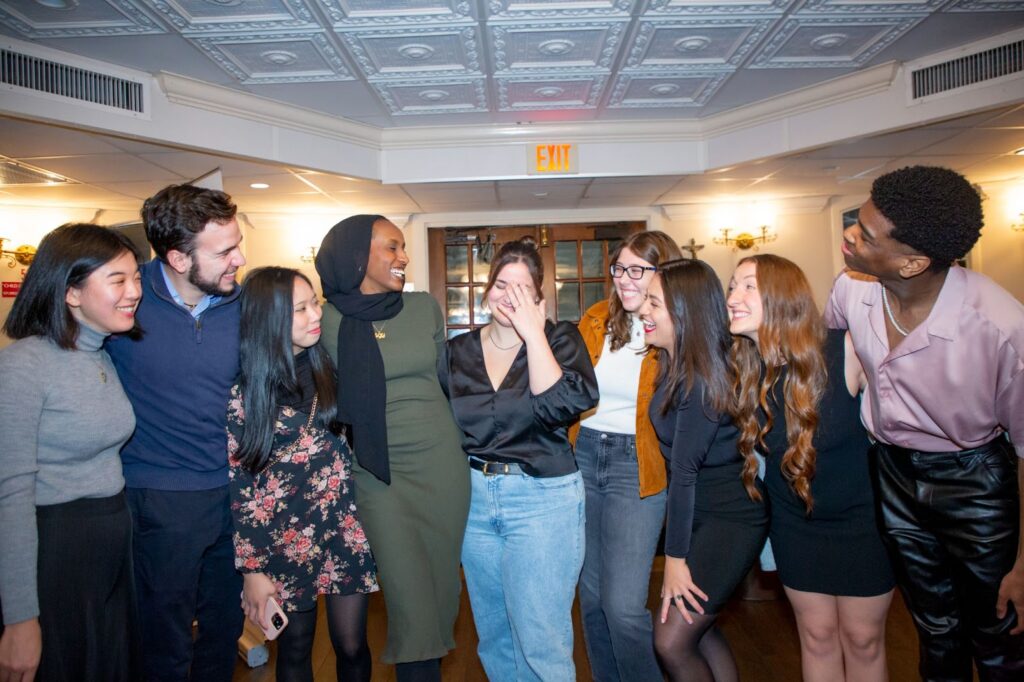
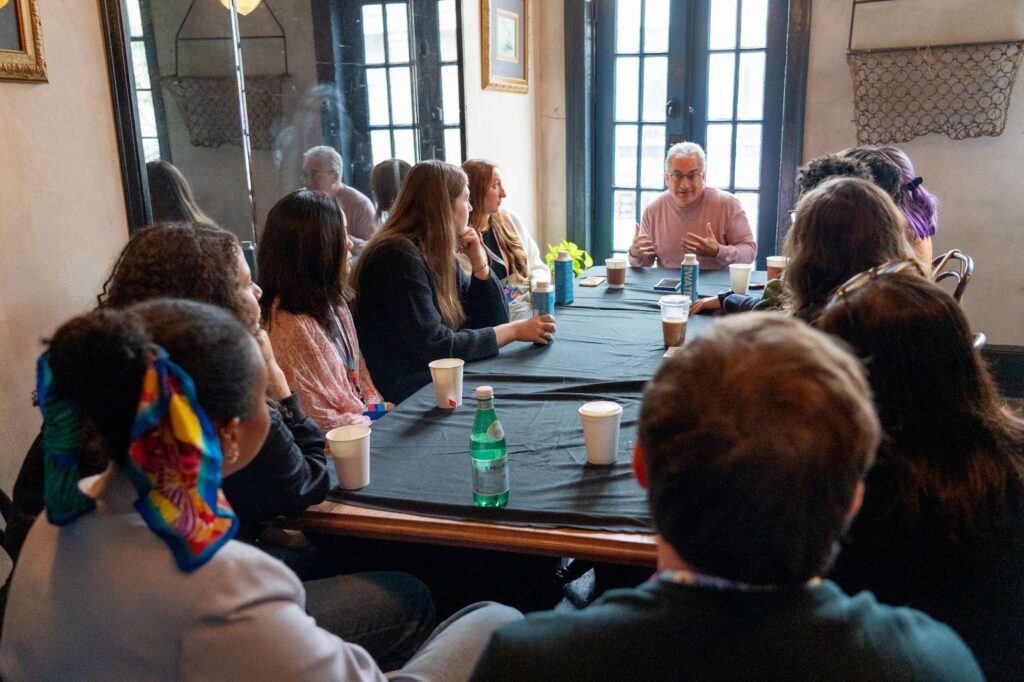
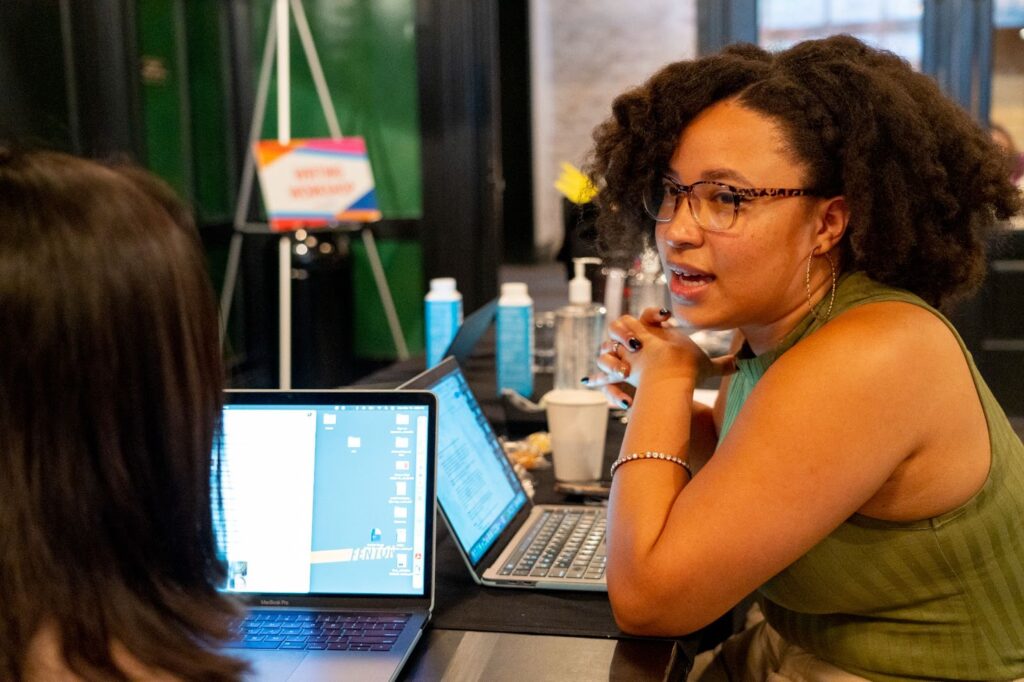
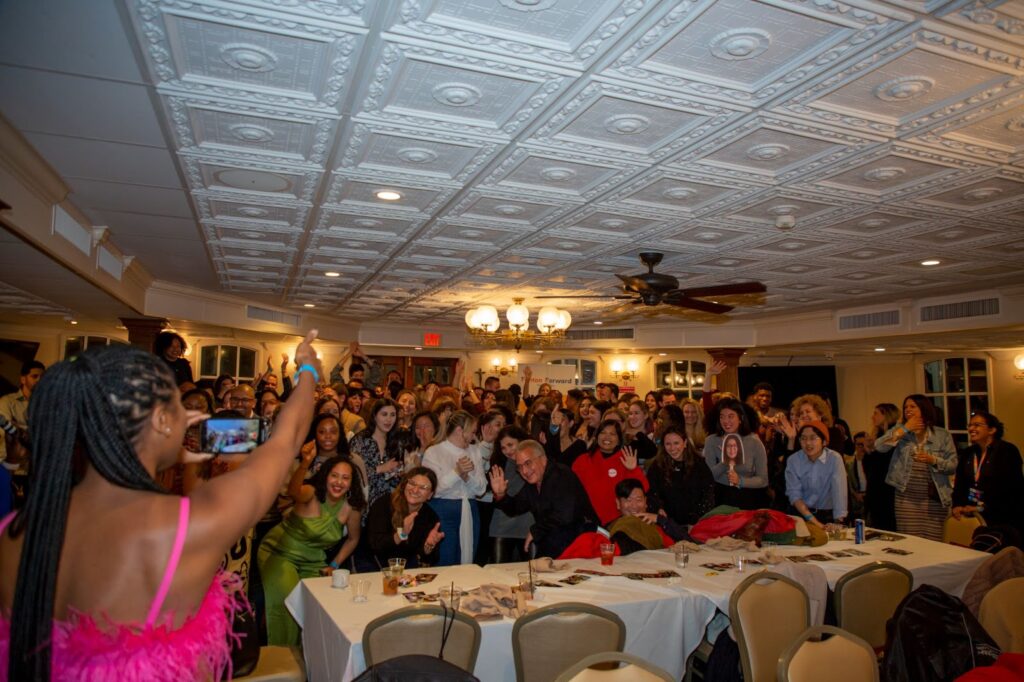



 Rachel Henderson: The CSG practice supports purpose-driven brands dedicated to making the world a better place through its products and services, employees and customers, and the communities they serve. We help our corporate clients unleash the power of their brand’s purpose to accelerate social change and business impact. From program development to stakeholder engagement to disruptive communications campaigns, we ignite the strategic and creative spark that delivers stronger relevance with audiences, greater impact in society and tangible business results for our clients.
Rachel Henderson: The CSG practice supports purpose-driven brands dedicated to making the world a better place through its products and services, employees and customers, and the communities they serve. We help our corporate clients unleash the power of their brand’s purpose to accelerate social change and business impact. From program development to stakeholder engagement to disruptive communications campaigns, we ignite the strategic and creative spark that delivers stronger relevance with audiences, greater impact in society and tangible business results for our clients.